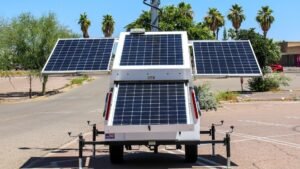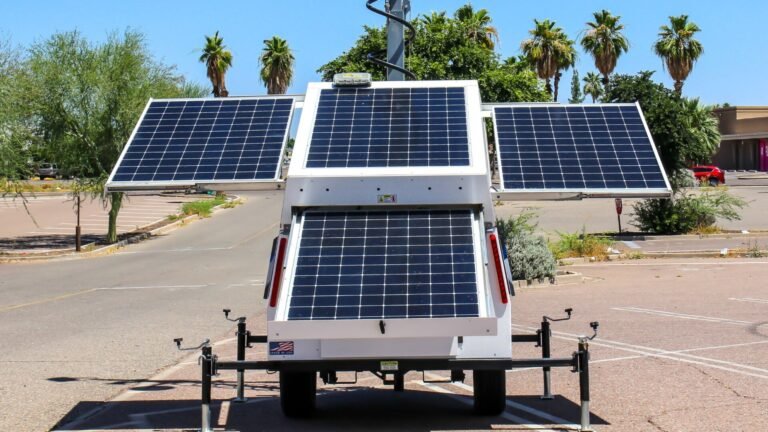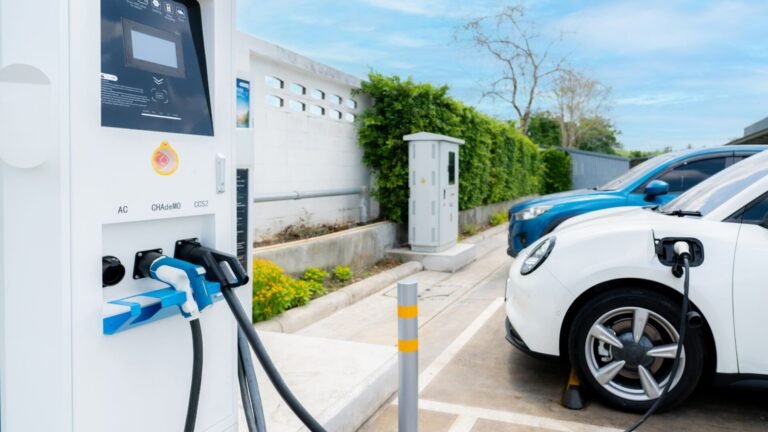Introduction
The quest for electricity in remote areas has been a longstanding challenge. With the advent of photovoltaic solar power, spearheaded by technological innovations from companies like Tamesol, we are witnessing a paradigm shift.
Let’s delve deeper into how solar power is transforming energy access in these hard-to-reach areas.
The Challenge of Remote Electrification
Remote regions often grapple with the lack of conventional electricity infrastructure. The cost of extending grid lines is exorbitant, and the terrain can be prohibitive.
These areas, therefore, have been left reliant on expensive and polluting alternatives like diesel generators.
The Promise of Photovoltaic Solar Power
PV solar power emerges as a beacon of hope in this scenario. It offers a sustainable, renewable, and clean source of energy, independent of the central grid.
Its adaptability and low maintenance make it an ideal choice for remote areas, many of which enjoy abundant sunlight.
Technological Leaps with N-Type Solar Panels
Innovations in solar technology, especially N-type solar panels, have significantly improved the viability of solar solutions in remote areas.
These panels, known for their high efficiency and durability, can generate more electricity even under less optimal conditions – a common scenario in remote locations.
Empowering Off-Grid Communities
Off-grid solar systems are a lifeline for remote communities. These standalone setups can power homes, schools, and healthcare centers, ushering in a new era of development and connectivity previously hampered by the lack of electricity.
Economic and Environmental Impacts
The economic benefits of adopting solar power in remote areas are manifold. By moving away from fossil fuels, communities can reduce both their energy expenses and environmental footprint.
Solar power also catalyzes local economic growth, enabling new businesses and improving living standards.
Solar Power as a Community Empowerment Tool
Beyond just providing light, solar power brings transformative opportunities. It enables better educational outcomes through powered schools, improves healthcare with electrified clinics, and even supports agricultural activities through solar-powered irrigation systems.
Challenges in Implementation
Despite its benefits, deploying solar power in remote areas is not without challenges. The initial cost, maintenance, and need for energy storage are significant considerations.
However, advancements in solar technology and financing models are steadily overcoming these barriers.
The Crucial Role of Governments and NGOs
Governmental support and NGO initiatives are vital in making solar power accessible in remote areas. Subsidies, grants, and favorable policies are necessary to encourage the adoption of solar technology in these regions.
The Future of Remote Solar Electrification
The future of remote electrification through solar power looks bright. As technology advances and costs continue to decline, solar solutions are becoming increasingly accessible and efficient, promising widespread adoption.
Tamesol’s Role in Shaping This Future
Companies like Tamesol are instrumental in this evolution. Their cutting-edge N-Type solar panels and commitment to innovation are not just meeting current energy needs but are also shaping the future of remote electrification.
The Global Impact of Solar Electrification
The global impact of solar electrification in remote areas cannot be understated. It’s a key driver in achieving global sustainability goals, reducing carbon emissions, and promoting social equity by ensuring energy access for all.
Innovations in Solar Panel Recycling
As the solar industry matures, the recycling of solar panels becomes crucial. Future developments in solar technology need to incorporate sustainable end-of-life practices, ensuring that the solar industry’s growth does not come at an environmental cost.
Integrating Solar with Other Renewable Technologies
Looking ahead, the integration of solar power with other renewable technologies like wind and hydro is an exciting prospect. This hybrid approach can ensure a more reliable and consistent power supply, crucial for remote areas.
Enhancing Energy Storage Solutions
Advancements in energy storage are key to maximizing the benefits of solar power in remote areas.
Developing more efficient and cost-effective batteries will ensure that excess solar energy generated during the day can be used at night, maximizing the utility of solar installations.
Educating and Involving Local Communities
Educating local communities about the benefits and maintenance of solar systems is crucial for the long-term success of these projects. Community involvement ensures the sustainability and ownership of solar power initiatives.
Tailoring Solutions to Local Needs
Every remote area has unique energy needs. Customizing solar solutions to fit these specific requirements is essential for their effectiveness and acceptance by local communities.
Conclusion
Photovoltaic solar power is not just an alternative energy source; it’s a catalyst for social and economic transformation in remote areas.
With continued innovation and commitment from stakeholders like Tamesol, solar power is set to bridge the electricity gap in these regions, paving the way for a brighter, more sustainable future.





